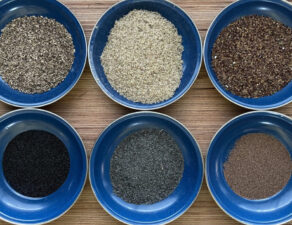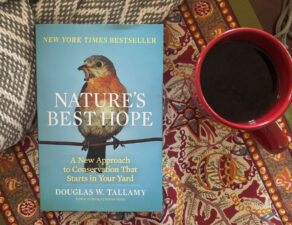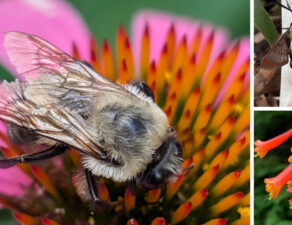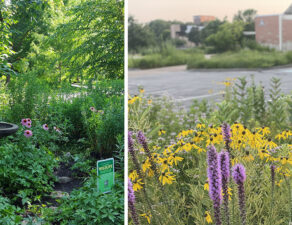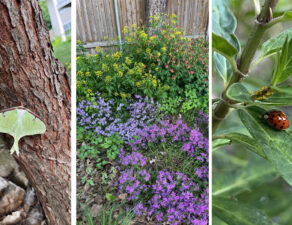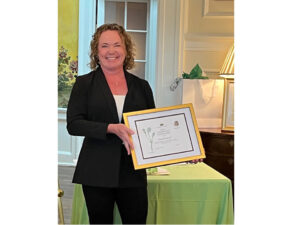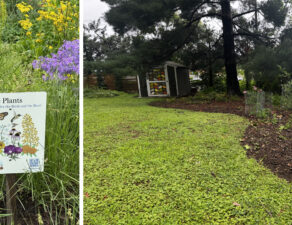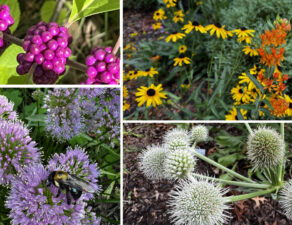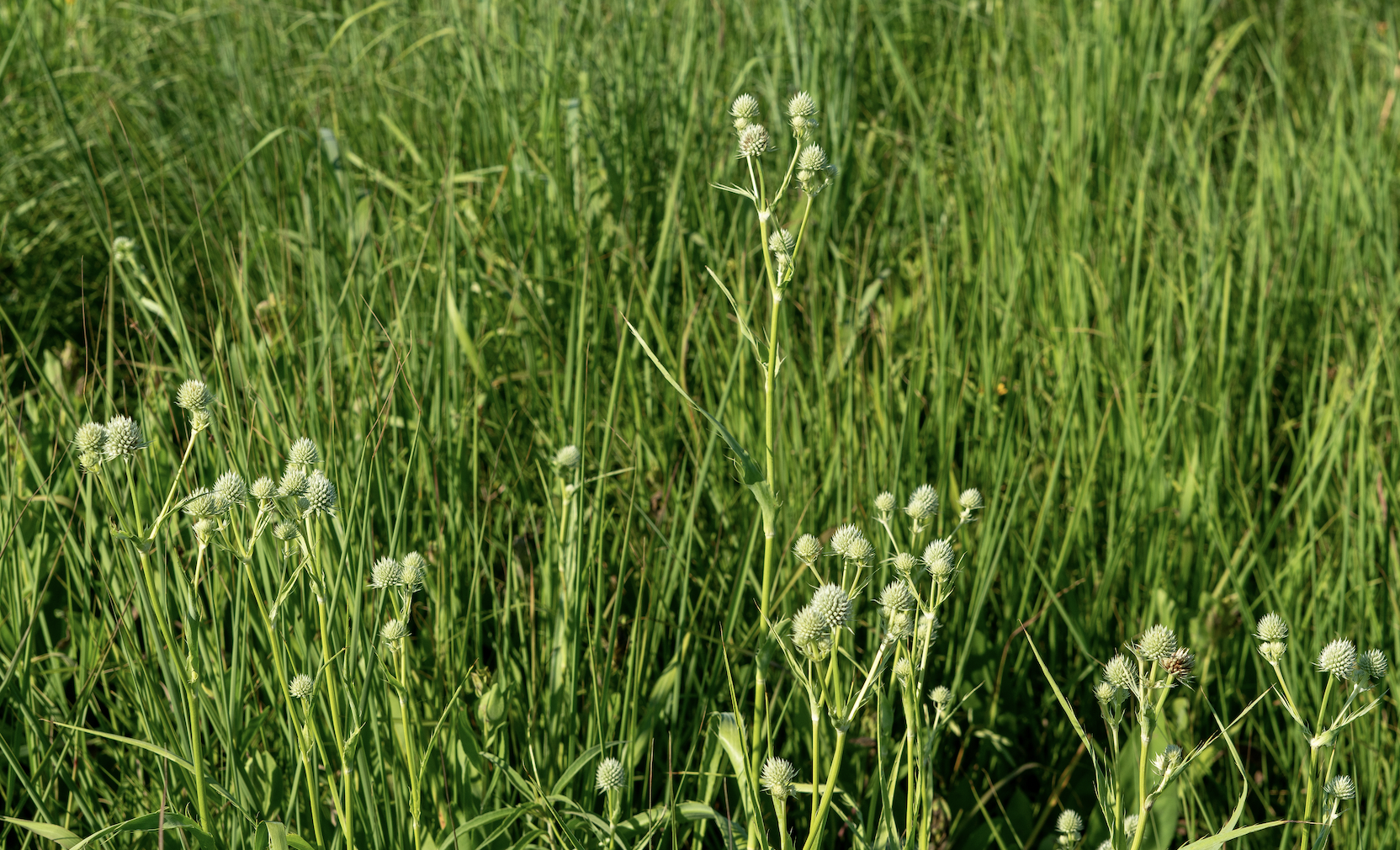
Written by: Miller Zeiders
Can native plants restore our planet? Yes! As we progress deeper into the 21st century, a greater collective effort toward large-scale carbon sequestration is no longer a suggestion: it is a must. While governments, countries, and large corporations engage in the meaningful discourse surrounding climate action and policy, what can people like you and I do? I don’t own thousands of acres so what can my impact be? Climate change having as epic of scope as it does requires a response matching the magnitude and scope. In essence, a widespread cultural shift is needed. That starts with awareness of the issue and then moving into collective action. Since individuals like myself don’t have much of an influence on climate policy (e.g. reducing large-scale carbon emissions), something I can do is ensure I am educating individuals on the types of plants that sequester and store the most carbon!
Native Plants Capture and Store Carbon
Carbon sequestration is the process of natural organisms and ecosystems catching and storing carbon moving through the natural carbon cycle as well as carbon found in human-produced emissions.
Destroyed Habitats Can Be Restored
The conservation and restoration of native habitats can ensure mitigation of increasing the amount of atmospheric carbon. Moreover, reconstructing destroyed habitat areas, like Missouri’s tallgrass prairies, further increases the rate of carbon sequestration. Grow Native! states that prairies and native tallgrass lands and their respective species sequester more carbon than trees planted on lands in which prairies are native to. So, can native plants restore our planet? When looking at the limited data surrounding this question, we are learning that – YES, native plants are instrumental in capturing carbon and storing it.
Comparing Prairies to Turf Grass Lawns
When comparing prairies to traditional lawns, this is where the difference in environmental impact can clearly be seen. One acre of prairie can store one ton of carbon in its roots per year whereas, one acre of turf lawn can store between 0.25 and 0.5 tons of carbon per year. If you need the motivation to plant some native plants or convert your turf grass to native prairie, there it is! It has been found that installing strips of native prairie throughout farmland can increase soil and water quality, biodiversity, and production stability through inclement weather conditions. Safeguarding the biological function of our environments and food production systems is vital to our survival and fostering carbon sequestration and storage is an extension of this biological functioning. Native prairie reconstruction, restoration, and large-scale plantings of native grasses and plants only help to pull more carbon out of the atmosphere and positively impact all environmental processes above and below the ground.
Do Your Part, Today!
Deep Roots KC has plenty of informative guides on acquiring native plants, their respective installation, and so much more about the tremendous impact native plantings have! Just explore the Deep Roots webpage to find something new. The Missouri Department of Conservation also has a plethora of information on Missouri’s native ecosystems and habitats and their historical and current status.
Photo by: Patricia Bordallo Dibildox
